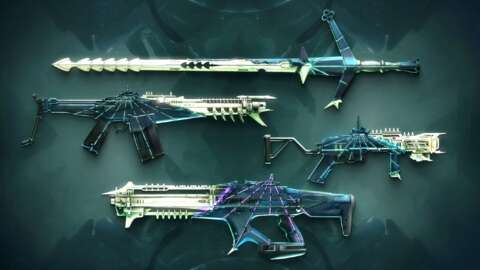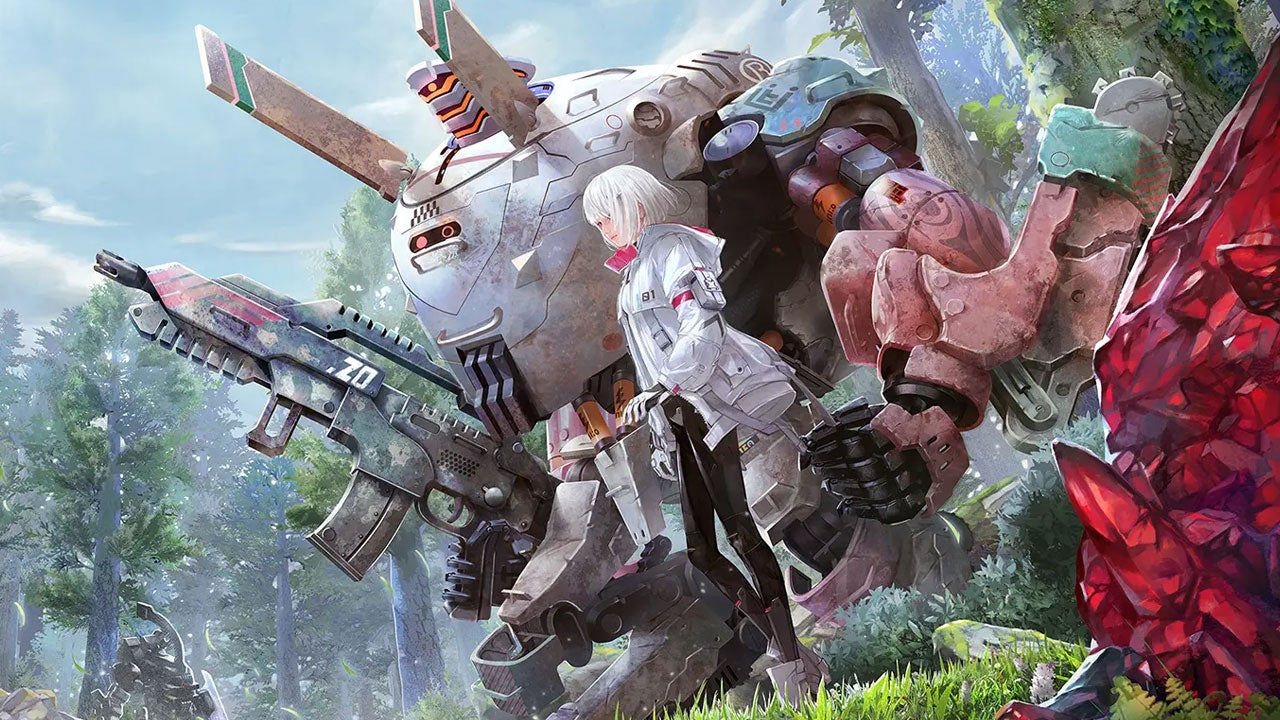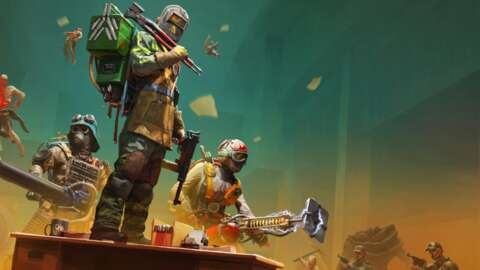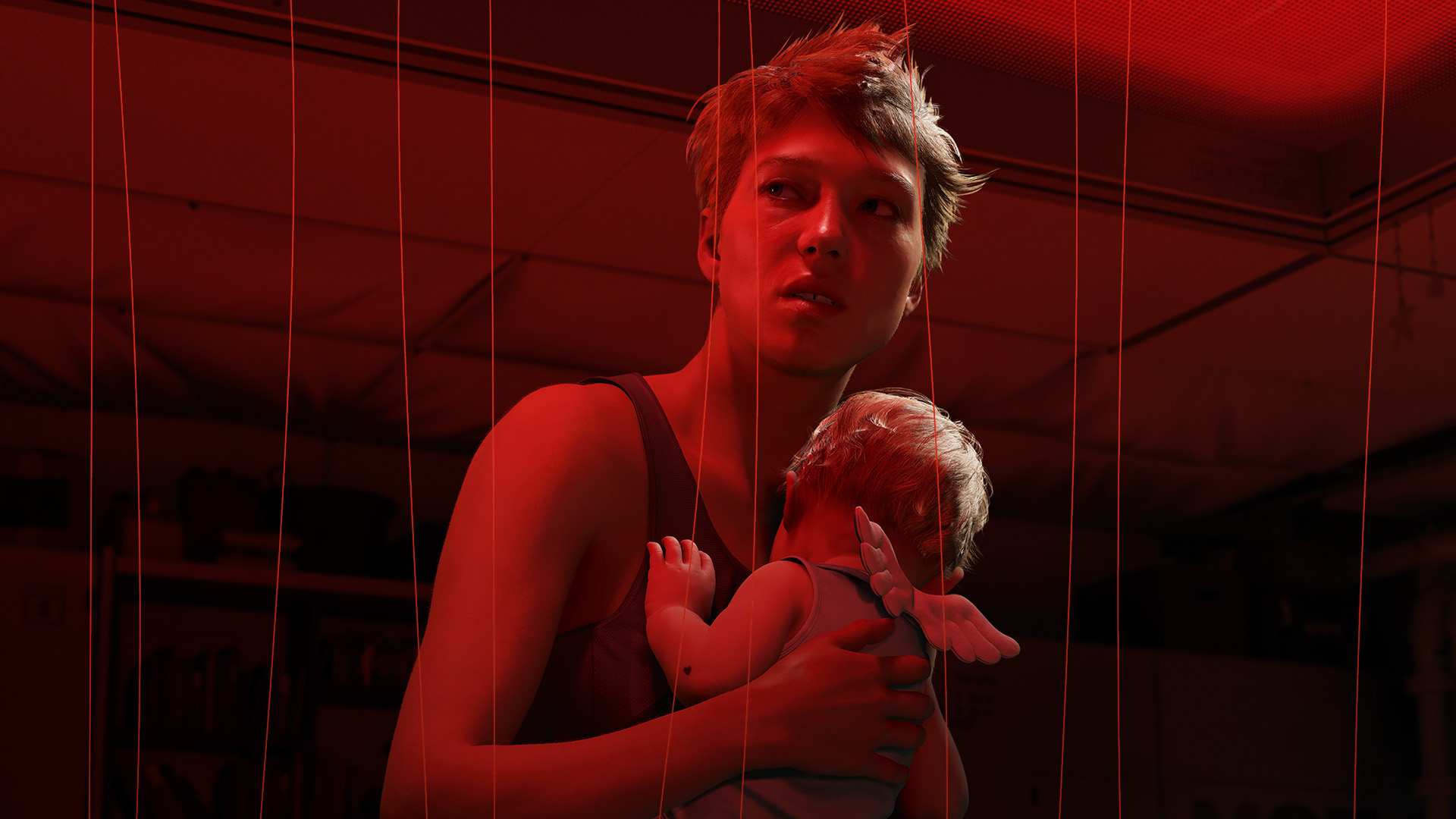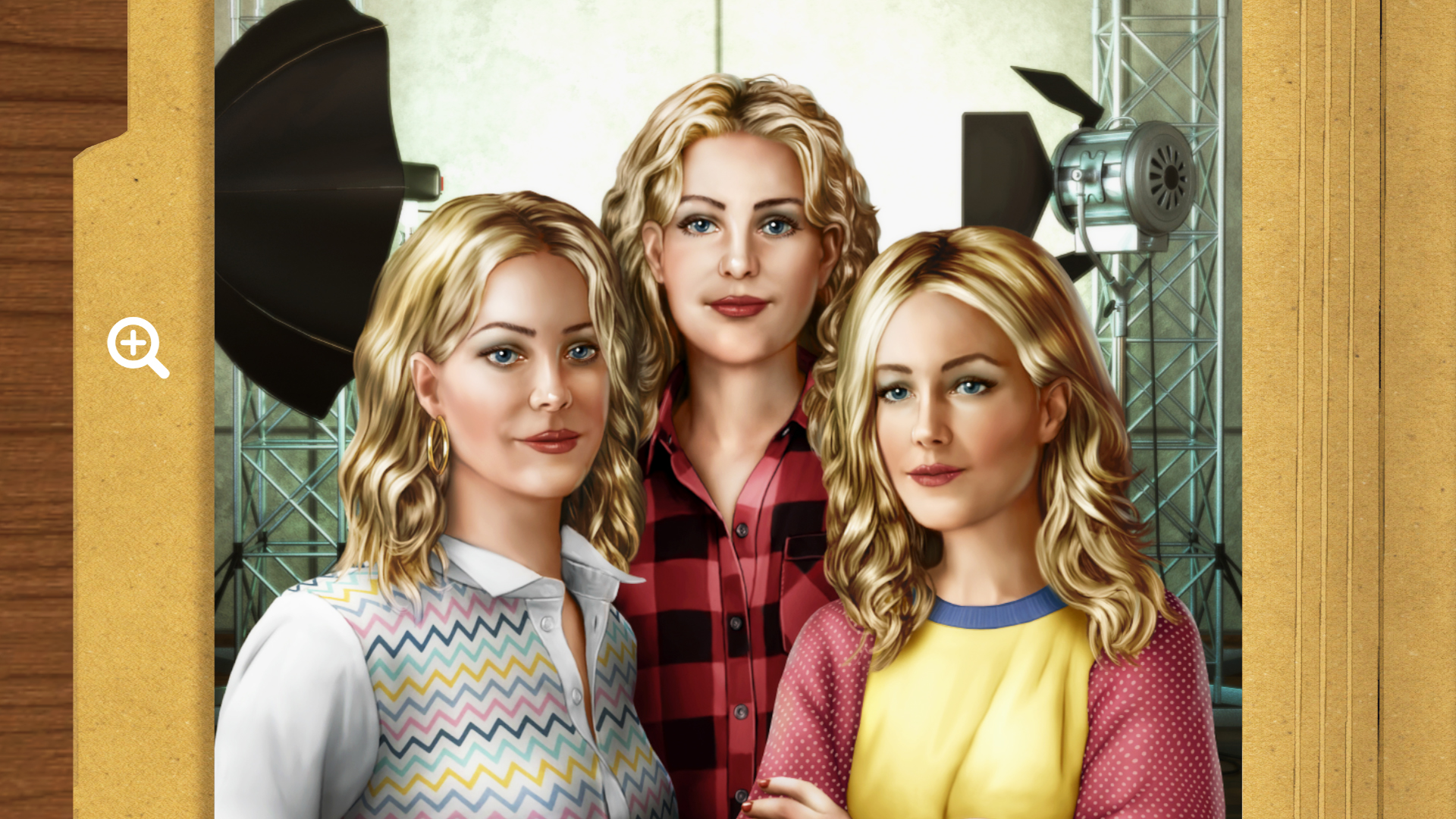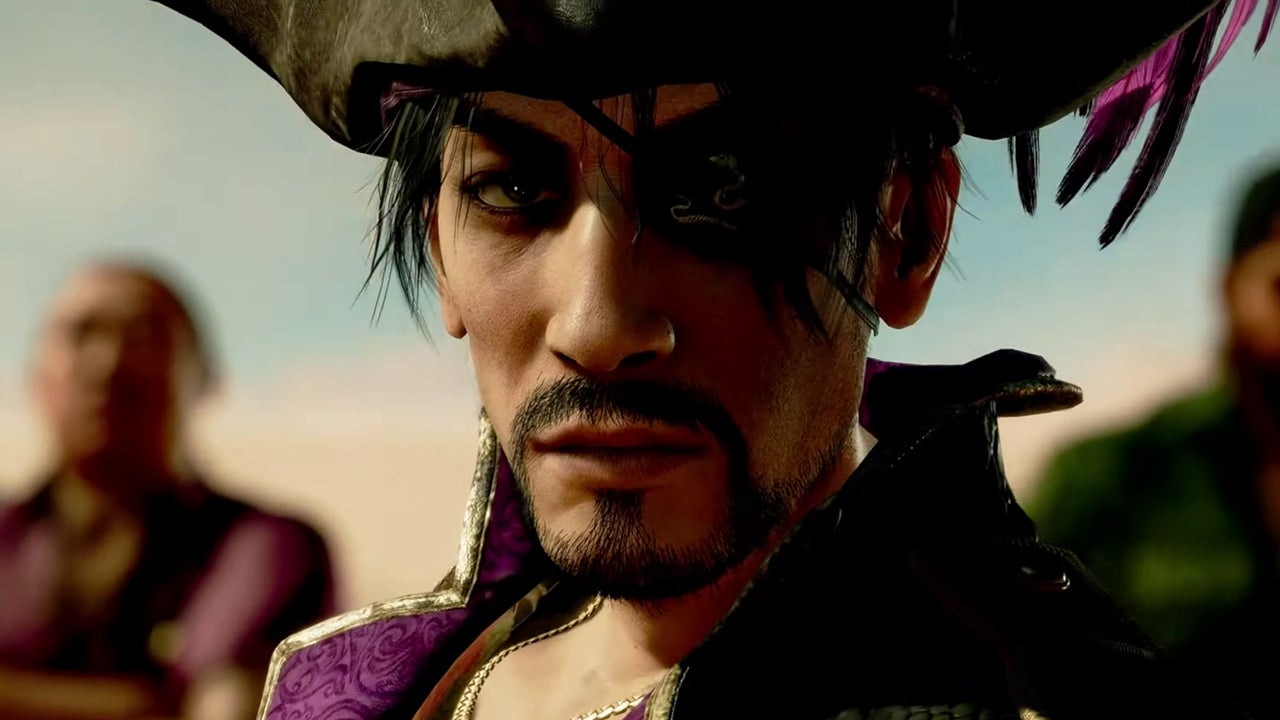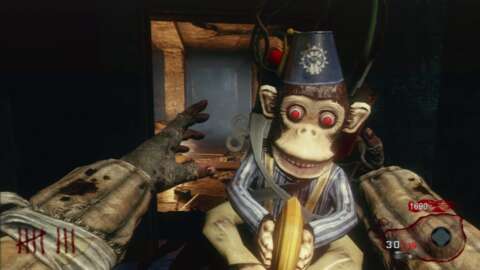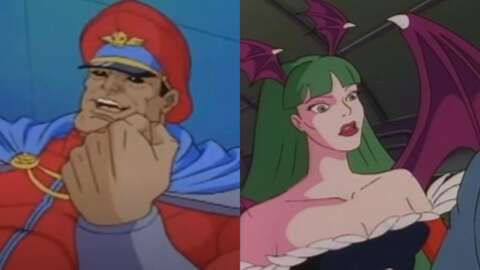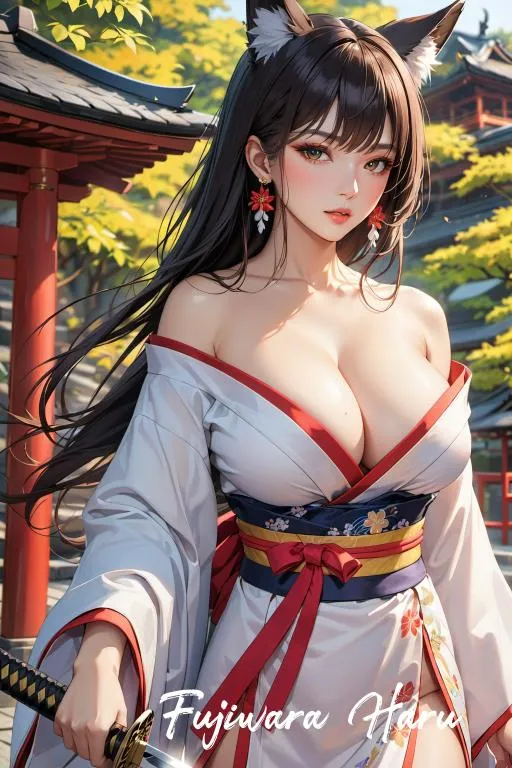
In 2014, Magic: The Gathering had an irrefutable hit on its hands. Khans of Tarkir, the card game’s 65th expansion, introduced players to a realm at war, as five distinct clans fought for power and glory. In less than a year, one time traveler’s cosmic intervention completely reshaped the world of Tarkir, and canonically erased the very thing that Magic players loved most about it — the clans.

One decade and 39 more expansions later, players are finally invited back to the war-torn plane in Magic’s latest set, Tarkir: Dragonstorm. And according to members of Magic’s game design and world-building teams, Wizards of the Coast has spent these last 10 years in part figuring out how to recapture the lightning in a bottle that it inadvertently released when Tarkir’s original 2014 story played out.
“It was not our intent to do this, but we ended up, through the way the [Tarkir] block went, kind of destroying the thing players loved the most,” said Aaron Forsythe, vice president of design at Wizards of the Coast and a 23-year veteran of Magic.
“We [originally] wanted to tell a time-travel story, and when we first came to Tarkir the dragons [were] long dead,” he continued. “And we thought, [with Tarkir: Dragonstorm] we’ve [finally been able to] set the groundwork for this amazing third set where the dragons are brought back through time travel and that’s the thing players would get super excited about and celebrate.”
Unlike Magic’s current release structure, in 2014 the game produced expansions in a so-called block — three consecutive and narratively linked sets that told the story of a single world. As part of that structure, Khans of Tarkir was the first set in a back-to-back trilogy known as the Khans block, which told the story of how Tarkir’s past and future was rewritten, replacing the once-ruling clans with the return of tyrannical dragons.

Looking back, there are many defining characteristics across the Khans block. Its second and third sets, Fate Reforged and Dragons of Tarkir, certainly led to a lot of excitement for some players as they opened booster packs in search of epic new dragons that were absent in the block’s first set. But in the years since, it was Khans of Tarkir that seemed to linger longest in the imagination and nostalgia of casual and competitive players alike — largely thanks to the unique abilities and identities of the now iconic clans, such as Abzan, Sultai, and Temur, who were defined by three-color combinations that didn’t even have official names prior to the set’s release.

“They fell in love with Khans of Tarkir,” Forsythe recalled. “And now we were stuck with a world that wasn’t the best version of what that world was. And it took us several years of ruminating on that problem to figure out how exactly we could solve for that without retconning things.”
Though the set’s ongoing legacy may have been unpredictable at the time, as Forsythe puts it, Tarkir’s trajectory wasn’t even that unique as Magic stories go.
“We were in a phase there for a while where we were destroying our worlds at the ends of blocks,” he said. “That turned out to be very unwise, as each world is somebody’s favorite and players are always hoping to go back somewhere that they liked.”

With all that baggage behind them, it’s easy to see how revisiting Tarkir created a unique problem for Magic’s design teams. But galavanting through Tarkir is far from the franchise’s first time returning to a once beloved world. In the game’s more than 30-year history, in fact, most of its worlds have been revisited at least once. And with each return to places like Ravnica, Mirrodin, Eldraine, and so on, the designers are faced with a new set of creative challenges meant to keep the game fresh while acknowledging player expectations for a given place.
“With any return set, you’re trying to strike that balance of something that people are really familiar with, they’ve come to love it, so you really want to deliver on those expectations, especially nostalgic expectations, which sometimes are hard to meet,” said Athena Froehlich, principal product designer at Wizards of the Coast, during a recent press Q&A following the Tarkir: Dragonstorm preview panel at February’s MagicCon in Chicago. “The trick we’ve learned… redo the stuff that worked great and make new things to replace the stuff that didn’t. And that’s kind of the recipe of a return.”

Though Froehlich may make the recipe sound easy, according to Mark Rosewater, Magic’s head designer, return sets do provide inherent shortcuts that would otherwise have to be made from the ground up when designing a brand-new world.

“When you make a brand-new set and there’s no rules, that’s a lot harder because you have to figure out what you’re doing,” Rosewater explained at the same press event. “One of the things about a return is, I have a lot of things that I know. Like [In Tarkir: Dragonstorm] we’re doing clans, we’re doing dragons. That speaks about a lot. A lot of the structure of the set is: How do we make clans and dragons work? We have to solve that problem, but at least it’s a defined, known problem.”
But, according to Forsythe, even the timing of a return set can contribute to the ease or difficulty in executing on players’ expectations and a set’s overall success.
“Ten years is kind of the sweet spot for how we can return somewhere and mostly execute how we did it the first time,” Forsythe explained. “Ten years is like a generation of players, a generation of improved design work, and we can deliver on a similar thematic set in a way that feels current and modern, and hits all the right nostalgia notes for people that were there the first time.”
While the game designers have access to a lot of insight into a set’s success, including sales, player sentiment, and competitive play rates, Magic’s world-builders and storytellers also leverage those inputs to inform the narrative direction that serves as the backbone of an expansion.

The same way that the cards in a return set try to simultaneously create fresh gameplay and a nostalgic experience for the most invested players, the storytelling experience has to thread that needle in a narratively satisfying way too. Retelling the same tales doesn’t make for a compelling backdrop on Magic cards. For the game’s world-builders, return sets such as Tarkir: Dragonstorm provide a new opportunity to modernize, if not improve, previous narrative decisions.
“We definitely saw the possibility of a more modern version of Tarkir […] with a more experienced world-building team, with a greater sense of the impact of our creative decisions,” said Doug Beyer, creative director for world-building on Magic. “We knew there was going to be a revolutionary feel to Tarkir: Dragonstorm, because part of the premise is throwing off the dragonlord oppressors, and a revival of these ancient clans. That naturally pointed to a version of Tarkir that was more steeped in the identities of those clans. Not necessarily being beholden to every detail of the way the clans were before.”
Where previous Magic stories may have used narrative devices to inform gameplay mechanics, the impact of consultants that represent different Asian and Middle Eastern cultures that inspired the world of Tarkir now help the design team to also make the backdrop more lived-in and authentic.

The result is a story told through gameplay, one that feels organic and more rich. Among the most eye-catching updates players will see among the old clans is the treatment of zombies by the cunning and decadent members of the Sultai Brood.
“The undead, within the Sultai, has changed massively since the last time we saw them. The undead were nothing but servants in prior continuity. Now the undead have much more of a revered role,” Beyer said. “Their bodies are rotting, but they have identity, they have personalities, their rotting flesh is patched over with gold and jade.
“We heard from consultants that rituals revering the dead actually are an important part of some culture practice for the inspiration cultures for the Sultai,” he added. “We still want the undead to be a big part of the Sultai, that is part of their core identity that we don’t want to lose, so what’s a new way to portray that […] and give them a fresh new unlife in the revamped version of Tarkir?”
With the full card image gallery for Tarkir: Dragonstorm now live, players can finally see the complete range of reimagined depictions across Tarkir’s familiar characters, clans, and in-game cultures. The full play experience of this set remains to be seen, though expectations are particularly high following the original Tarkir block’s commercial success and sheer number of game-defining cards.
Tarkir: Dragonstorm officially arrives in stores worldwide on April 11.
Source:https://www.polygon.com/mtg-magic-the-gathering/556404/tarkir-dragonstorm-callback-set-rosewater-interview


